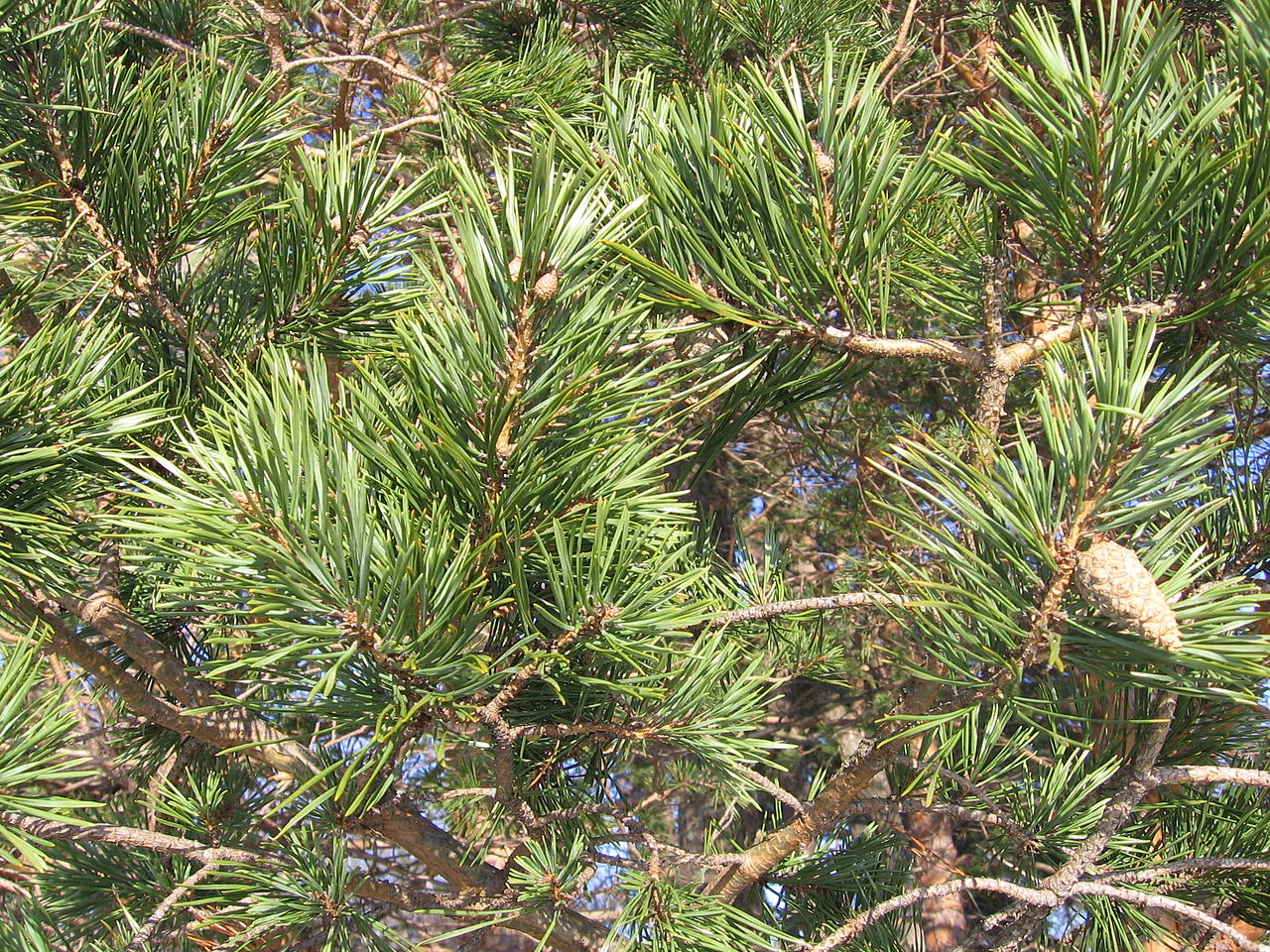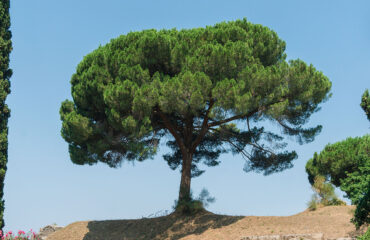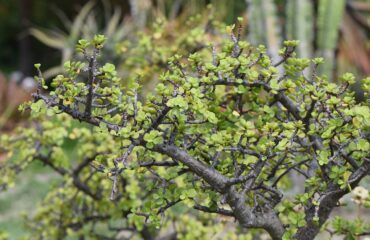Pinus sylvestris, commonly known as Scots Pine, is a hardy and adaptable evergreen tree native to Europe and Asia. Recognized for its rugged appearance, long needles in bundles of two, and economic importance for timber and resin production, Scots Pine is widely cultivated for forestry and ornamental purposes. Propagating Pinus sylvestris can be achieved through several methods, including seed propagation, cutting propagation, grafting, and layering. Each method offers distinct advantages, from preserving genetic diversity to propagating specific cultivars with desirable traits.
Pinus Sylvestris (Scots Pine) Propagation Methods
This comprehensive guide details Pinus sylvestris propagation methods, offering practical insights for both novice and experienced horticulturists to nurture and expand their appreciation of this iconic European and Asian evergreen.
1. Seed Propagation
1.1. Seed Collection
Seed propagation is a natural and effective method for producing Scots Pine with diverse genetic traits.
- Identifying Mature Cones: Seeds develop within small, oval-shaped cones that mature on the tree. Harvest cones in late summer to early autumn when they turn brown and begin to open.
- Collecting Seeds: Gather cones directly from the tree or from the ground beneath it. Dry cones in a warm, dry place until they open and release the seeds.
1.2. Seed Preparation
Proper seed preparation enhances germination rates.
- Extracting and Cleaning Seeds: Remove seeds from dried cones and clean to remove any attached wings or debris.
- Stratification: Cold stratification helps break seed dormancy. Place seeds in a moist medium such as sand or peat moss and refrigerate at 2-4°C (36-39°F) for 1-2 months.
1.3. Sowing and Germination
After stratification, seeds are ready for sowing.
- Sowing Seeds: Sow seeds on the surface of a well-draining, sandy soil mix, lightly covering with a thin layer of sand or soil.
- Germination Environment: Place seed trays in a bright area with indirect sunlight. Maintain a temperature of 15-20°C (59-68°F) and keep the soil consistently moist but not waterlogged.
- Care for Seedlings: Germination typically occurs within 3-6 weeks. Provide seedlings with bright, indirect light and regular watering. Transplant seedlings into individual pots when a robust root system and several true leaves have developed.
2. Cutting Propagation
2.1. Selecting and Preparing Cuttings
Cutting propagation allows for cloning specific Scots Pine cultivars.
- Choosing Cuttings: Select healthy, semi-hardwood or hardwood shoots from the current year’s growth. Late summer to early autumn is ideal for taking cuttings.
- Preparing Cuttings: Cut 10-15 cm (4-6 inches) long sections from shoots just below a node. Remove lower needles to expose the stem for rooting.
2.2. Rooting Hormones and Planting
Rooting hormones improve pine cutting success rates.
- Applying Rooting Hormone: Dip the base of each cutting in rooting hormone powder or gel to stimulate root formation.
- Planting Cuttings: Insert treated cuttings into a well-draining rooting medium like peat and perlite or sand. Ensure the medium is moist and sterile to prevent fungal infections.
2.3. Rooting Environment and Care
Creating suitable rooting conditions is critical.
- Maintaining Humidity: Use a humidity dome or plastic cover to maintain a moist environment around cuttings, reducing water loss through transpiration.
- Optimal Conditions: Place cuttings in a bright area with indirect light. Maintain a temperature of 18-22°C (65-72°F) and keep the medium consistently moist but not saturated.
- Monitoring Root Development: Roots typically form within 8-12 weeks, though timing may vary. Check for root growth by gently tugging on cuttings. Once rooted, gradually acclimate new plants to lower humidity and normal light conditions before transplanting into individual pots.
3. Grafting
3.1. Purpose of Grafting
Grafting maintains specific Pinus sylvestris cultivars and their desirable traits.
- Advantages: Grafting combines the scion’s desired traits with the rootstock’s vigor and adaptability, resulting in improved growth and disease resistance.
3.2. Grafting Techniques
Various grafting techniques suit Scots Pine.
- Scion and Rootstock Selection: Choose a healthy scion from the desired cultivar and a compatible rootstock, often another Pinus sylvestris or a vigorous pine variety supporting scion growth.
- Side Grafting: Make a slanting cut on the rootstock and a matching cut on the scion. Fit the scion onto the rootstock and secure with grafting tape or rubber bands.
- Whip and Tongue Grafting: Cut both the scion and the rootstock with slanting cuts and notches (tongues) to interlock, ensuring a strong, stable graft union.
3.3. Post-Grafting Care
Proper care post-grafting ensures graft success and plant health.
- Securing the Graft: Use grafting tape or wax to secure the graft union, preventing drying and physical damage.
- Healing Environment: Place grafted plants in a controlled environment with high humidity and stable temperatures for healing and growth.
- Monitoring and Maintenance: Regularly check the graft for union success or failure. Once established, acclimate the plant to outdoor conditions. Remove any shoots from the rootstock to ensure all growth is from the scion.
4. Layering
4.1. Purpose of Layering
Layering practically propagates Scots Pine, especially for larger, established trees.
- Benefits: High success rate with minimal disturbance to the plant, ideal for hard-to-root species.
4.2. Layering Techniques
Ground and air layering are effective for Pinus sylvestris.
- Ground Layering: Select a low-growing branch, bend it down to the soil. Incise or remove a ring of bark where the branch touches the soil to expose the cambium. Bury the section in a shallow trench, securing with a peg or stone. Cover with soil, leaving the branch tip exposed.
- Air Layering: Choose a flexible branch, make a small cut or remove a bark ring to expose the cambium. Apply rooting hormone, wrap with moist sphagnum moss. Cover the moss with plastic wrap for moisture, securing with ties or tape.
4.3. Post-Layering Care
Care ensures successful layering and new plant establishment.
- Maintaining Moisture: Keep the buried or wrapped area moist during the rooting period. For air layering, ensure the moss remains damp but not waterlogged.
- Monitoring Root Development: Check for root growth after several months. Ground layers typically root within 6-12 months, while air layers may take longer.
- Separating and Transplanting: Once the root system develops, carefully cut the new plant from the parent, transplanting it into a pot or garden. Provide water and care as the plant establishes.
Conclusion
Pinus sylvestris propagation through seeds, cuttings, grafting, or layering offers diverse methods for cultivating this adaptable and economically valuable Scots Pine. Seed propagation fosters genetic diversity and natural growth. Cutting propagation clones specific cultivars, maintaining distinct traits. Grafting combines scion and rootstock advantages for enhanced growth and resistance. Layering provides reliable, low-disturbance propagation. Mastering these techniques enables growers to expand their Scots Pine collection, enriching landscapes with its beauty and contributing to sustainable forestry practices.
Share this article



